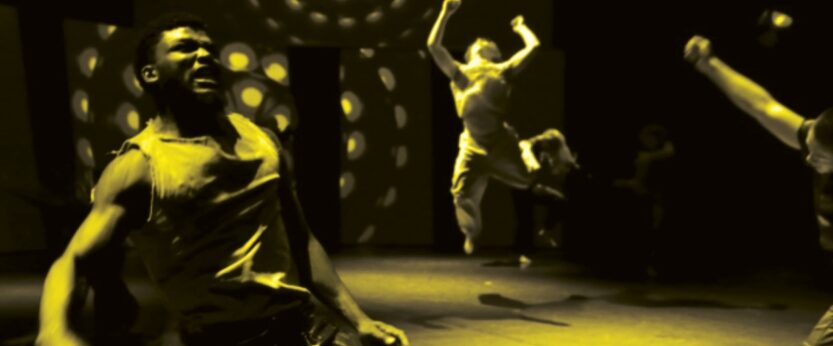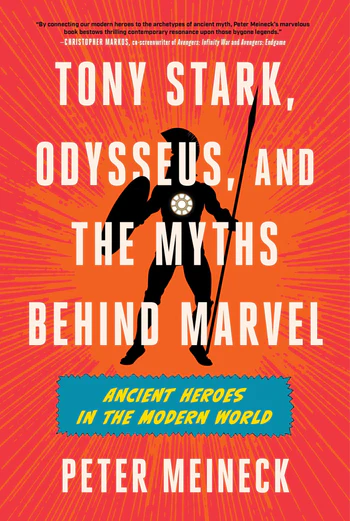The New Ancient Mythology
From the book Tony Stark, Odysseus, and the Myths Behind Marvel: Ancient Heroes in the Modern World by Peter Meineck. Copyright © 2026 by Peter Meineck. To be published on February 17, 2026, by William Morrow, an imprint of HarperCollins Publishers. Excerpted by permission.
We all have a sense of what mythology is: stories of heroes, gods, and monsters, impossible quests to fantastic lands, epic wars, endless cycles of bloody revenge, and extraordinary tales of magic and the mysteries of life and death. We tend to think of myths as ancient stories told by the Greeks, Norse, Egyptians, Sumerians, or Maya hundreds, even thousands, of years ago. Yet I see mythology alive and well, thriving on our movie and TV screens, and in the pages of our books and comics and on the stages of our theatres.
Humans have been telling myths for at least as long as we have been able to speak— some eighty thousand years and possibly for much, much longer. The more paleontologists learn about Stone Age caves, the more they realize that these sites were not only used as shelters but also as ritual performance spaces. Stone Age people would journey deep inside to experience elaborate art on undulating cave walls that seemed to move in the flickering firelight. They encountered masked shamans performing mesmerizing stories and heard the rhythms of drumming and the sounds of music, chanting, song, and spoken word.
Even before humans developed the ability of sophisticated speech, people were transforming their physical environments and creating performance spaces. Then they artificially illuminated them with fire and created their own abstract mythic worlds. As the oldest human- made fire yet found— at the Wonderwerk Cave in South Africa— is over 1 million years old, we can imagine how our Homo erectus ancestors who gathered there shared their dreams in the firelight and even envisioned the realms of their gods. Mythmaking is as old as humanity itself . . . We still encounter myths in the darkness. We watch images animated by flickering lights and “shaman” performers wearing costumes and even masks acting out narratives before us. The images may now be both live and digital, but the electricity that powers or illuminates them is still the spark of divine fire.
***
The term “mythology” is an oxymoron and something of a paradox. On one level, it means the study (logos) of stories (muthos), but for the Greeks, muthos and logos were oppositional concepts. Muthos meant anything spoken and came to denote a traditional story, a term derived from the Latin tradio, meaning “hand down.” But logos indicated something far more rigid or fixed, like a law, a rule, a formula, or a specific argument or theory. In Greek, logos is often translated as “the word” in the sense of an authoritative statement, while muthos is a story that is told. Simply put, logos is logical, and muthos mythical.
Myths are not fixed versions of a particular story; they are fluid, flexible, ambiguous, and sometimes complex and nuanced. In effect, a myth must convey meaning to act as a muthos. If the story told has no meaning, it probably won’t be told again. When we see the same kind of myth cropping up in different cultures at different times, we should ask, why is that story being retold, and what does it mean to the people who hear it?
In the fourth century BCE Aristotle called muthos the soul of drama. In 1970 Stan Lee, the nearly mythic figure who helped create the American Marvel universe, wrote, “A story without a message is like a man without a soul.” Whether an evening of invigorating live performance or the latest blockbuster from the Marvel Cinematic Universe, sharing new versions of these ancient epic stories and reinventing them over and over again is perhaps most of all what makes us human.
Peter Meineck is Associate Professor of Classics in the Modern World at NYU.
For more information on Tony Stark, Odysseus, and the Myths Behind Marvel: Ancient Heroes in the Modern World by Peter Meineck please click here.

